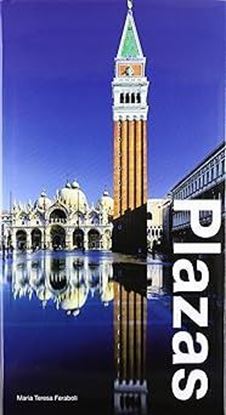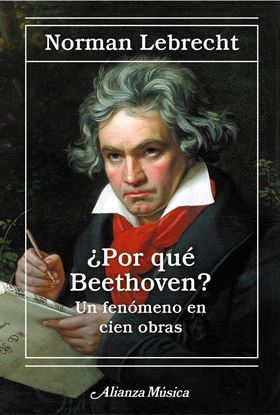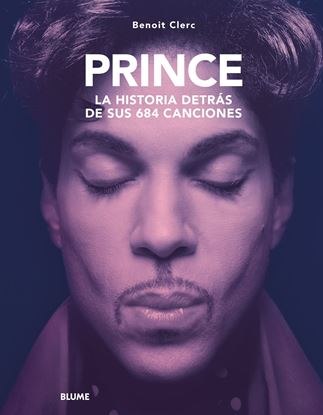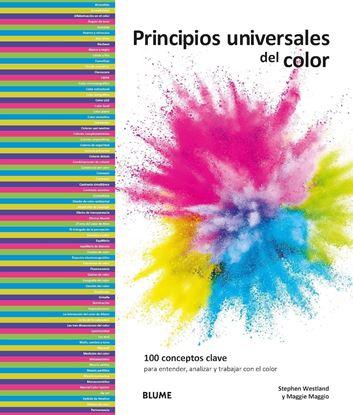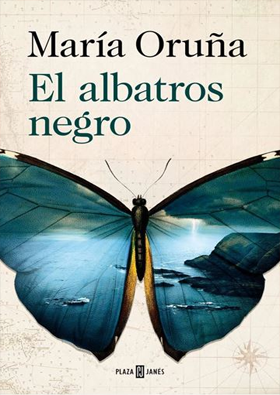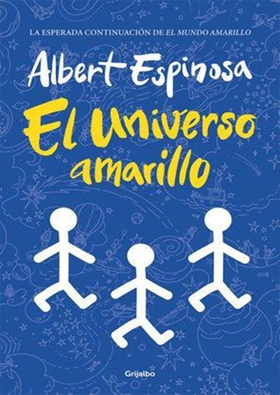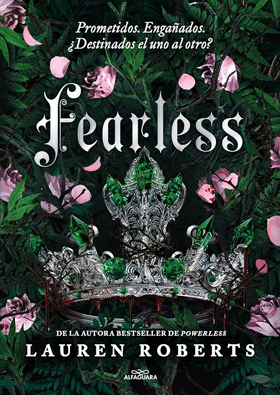

PLAZAS
La Plaza, feliz combinación de arquitectura y urbanismo.Un extraordinario viaje por el `Gran archivo de piedra de una comunidad`. La Plaza ha sido una de la más genuina expresión de la libertad de la comunidad, del poder religioso de la iglesia y de la fuerza de los comerciantes y mercaderes...etc. Este libro recoge las mejores fotografías de diferentes Plazas de Europa, América, Asia y Oceania.
200
150
PLEASE, PLEASE TELL ME NOW
En Please, Please Tell Me Now, el reconocido biógrafo de rock Stephen Davis cuenta la historia de Duran Duran. Su apariencia de niños buenos les convirtió en estrellas, pero fue su brillante maestría musical lo que los llevó a una serie de éxitos número uno. A finales de la década habían vendido 60 millones de álbumes; a día de hoy, más de 100 millones.
Davis remonta sus raíces al austero malestar británico de la década de los 70. Guapos, británicos y jóvenes, Duran Duran fueron quienes encabezaron el concierto Live Aid y la banda se movía en los círculos más glamurosos: Nick Rhodes (teclista) se hizo cercano a Andy Warhol y a la princesa Diana y John Taylor (bajista) salió con la chica mala por excelencia, Amanda De Cadanet. Con éxitos atemporales como «Hungry Like the Wolf», «Girls on film», «Save A Prayer» o el tema más vendido de James Bond, «A View To a Kill».
Con entrevistas exclusivas con la banda y fotos nunca antes publicadas de sus archivos personales, este libro ofrece el relato definitivo de una de las bandas más importantes en la historia de la música.
1,350
1,013
POR QUE BEETHOVEN?
Si Beethoven nunca hubiese existido, habitaríamos un universo musical radicalmente distinto. Pero ¿quién era realmente este titán de la cultura mundial?
A través de un centenar de breves capítulos, cada uno dedicado a alguna de sus obras clave, Norman Lebrecht traza un retrato poliédrico que nos muestra al compositor como nunca lo habíamos visto. Ingobernable, ofensivo y desesperado durante la mayor parte de su vida, sí; pero también sensible y completamente entregado a su arte, capaz de sobreponerse a la sordera para componer algunas de las obras cumbre de nuestra cultura. Por el camino, nos encontramos con los grandes músicos que a lo largo de la historia han asumido el reto que Beethoven legó a la posteridad, en todas sus glorias y debilidades. En el centro del mosaico que dibuja esta biografía reveladora y única, Beethoven emerge como piedra angular del mundo moderno.
1,500
1,125
POR QUE MAHLER?
Más de un siglo después de su muerte, Gustav Mahler es el compositor más importante de los tiempos modernos. ¿Por qué Mahler? ¿Por qué su música nos afecta tanto? ¿Por qué un músico judío «tres veces apátrida» expresa tan cabalmente las añoranzas y ansiedades de nuestra sociedad postindustrial?
Después de situar la relevancia actual de Mahler, Norman Lebrecht presenta un apasionante relato de su vida y su tiempo y, por último, ofrece al lector una guía segura que le orienta entre las numerosas interpretaciones de Mahler. Ameno y cargado de erudición, biografía y narración de un viaje al mismo tiempo, el presente libro es una exploración del papel que la música de Mahler desempeña como banda sonora de nuestro mundo.
1,500
1,125
PRINCE. LA HISTORIA DETRAS DE SUS 684 C.
Después de dos álbumes teñidos de funk y disco, Prince Rogers Nelson se convirtió en el maestro del Minneapolis Sound en 1980 con su tercer álbum, el sulfuroso y acertadamente llamado Dirty Mind.
Desde sus primeros discos para Warner Bros. Records, el hombre que pronto sería apodado el Kid de Minneapolis dedicó su vida a una abundante y variada producción musical.
Prince atravesó la década de 1980 con una irreverencia y audacia que lo caracterizarían. Después de encadenar varios éxitos (Little Red Corvette, Purple Rain, Kiss, Sign O' The Times o Batdance) y más de 100 millones de discos vendidos, Prince supo reinventarse con cada uno de sus discos, burlando las predicciones de quienes lo creían muerto, resurgiendo constantemente de las cenizas, y siempre sorprendiendo a través de nuevas direcciones artísticas.
De Madonna a Miles Davis, de Michael Jackson a Kate Bush, todos los grandes nombres de la música popular quisieron grabar con él. Tras la inesperada muerte del cantautor en 2016, The Prince Estate ha trabajado para exhumar de The Vault, su bóveda acorazada de Paisley Park (su casa-estudio), álbumes preciosos hasta ahora inéditos. Miles de canciones aún reposan allí; cada lanzamiento es un evento global.
3,995
2,996
PRINCIPIOS UNIVERSALES DEL COLOR
* Descubra 100 conceptos clave y pautas interdisciplinarias imprescindibles para utilizar el color con éxito. * Profusamente ilustrado y de fácil consulta, vincula explicaciones claras de cada tema y ejemplos visuales aplicados a la teoría y la práctica. * Ya sea en una campaña de branding, un centro sanitario, el embalaje de un producto o la interfaz de una aplicación informática, el color que vemos es la materialización de un gran número de conceptos y prácticas que se unen desde múltiples disciplinas para aumentar el atractivo, influir en la percepción y mejorar la comodidad de uso. Incluye conceptos y ejemplos, con los que podrá aprender a tomar decisiones de color más cimentadas y eficaces. Un punto de referencia fundamental para diseñadores, artistas, arquitectos y estudiantes que deseen ampliar y mejorar su conocimiento y experiencia del color.
2,250
1,688

